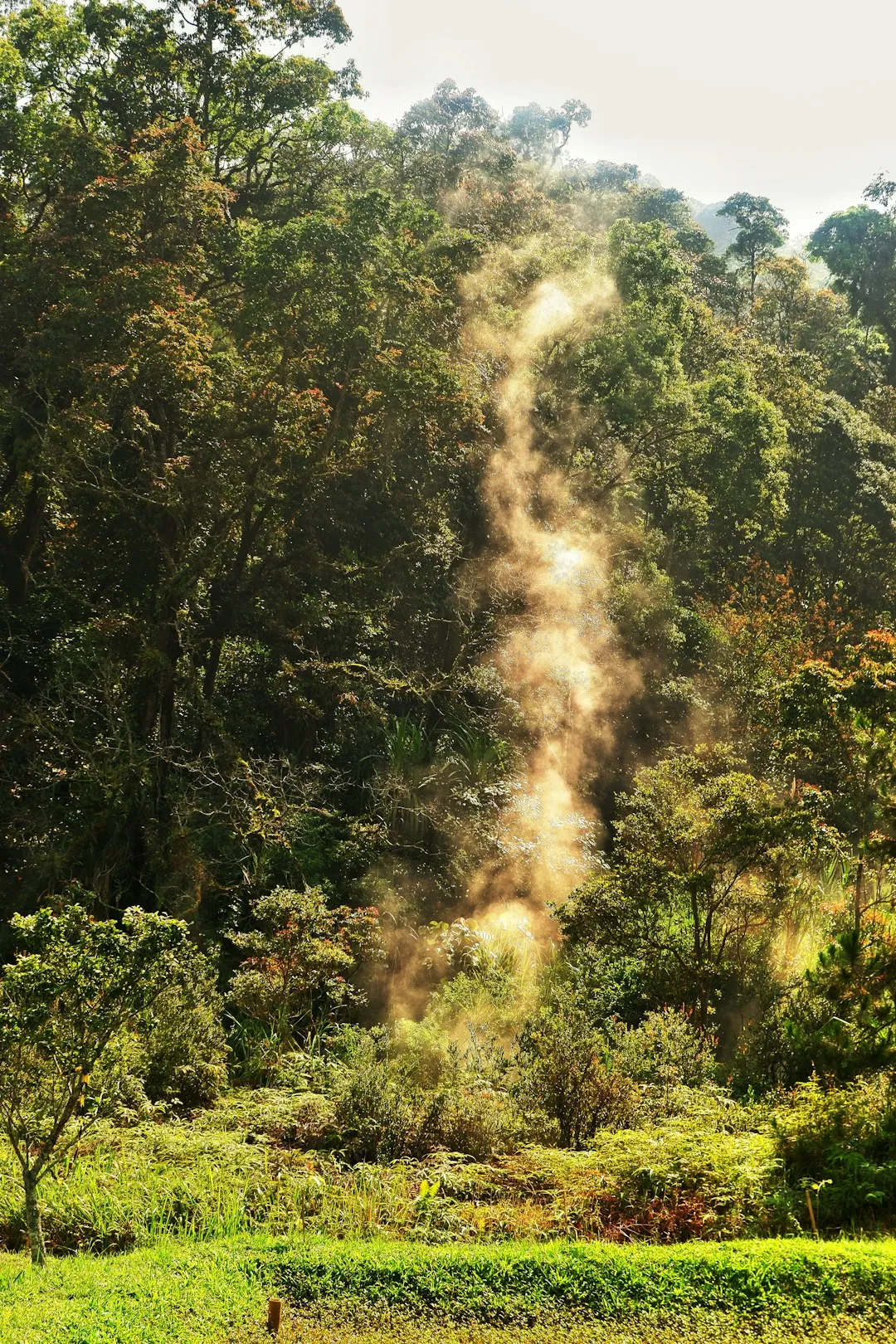Unveiling the Magic of Fraser Fir: A Gardener's Delight

The Fraser fir, a well - loved choice for Christmas trees, is not just a seasonal centerpiece. It brings a multitude of benefits to gardens, including privacy, beauty, and significant value for wildlife. This guide will walk you through the process of planting and growing this wonderful fir in your landscape.
### Why Choose Fraser Fir?
Fraser firs are known for their symmetrical shape, which makes them aesthetically pleasing in any garden setting. Their needles are soft to the touch and have a pleasant fragrance, adding to the sensory experience. These trees also have excellent branch strength, which is why they are often chosen as Christmas trees to hold heavy ornaments. Moreover, they provide a great habitat for various wildlife species. Birds may build nests in their branches, and small mammals can find shelter under their dense foliage.
### Selecting the Right Location
Before you plant a Fraser fir, it's crucial to select the right location. These trees prefer full sun to partial shade. A spot that receives at least six hours of sunlight a day is ideal. The soil should be well - drained, acidic, and rich in organic matter. Avoid areas with standing water, as Fraser firs do not tolerate waterlogged soil. You can test the soil's pH level using a home testing kit. If the soil is too alkaline, you can amend it with sulfur or other acidifying agents.
### Planting Your Fraser Fir
When it comes to planting, start by digging a hole that is twice as wide as the root ball of the tree but only as deep. Gently remove the tree from its container or burlap wrapping, being careful not to damage the roots. Place the tree in the center of the hole and backfill with the soil you removed, tamping it down gently to eliminate air pockets. Water the tree thoroughly after planting to help the roots settle in. It's also a good idea to add a layer of mulch around the base of the tree to retain moisture and suppress weeds. Keep the mulch a few inches away from the trunk to prevent rot.
### Watering and Fertilizing
Fraser firs need regular watering, especially during the first few years after planting. They prefer moist but not soggy soil. In dry periods, water deeply once or twice a week, depending on the weather conditions. You can check the soil moisture by sticking your finger about two inches into the soil. If it feels dry, it's time to water. As for fertilizing, apply a slow - release, balanced fertilizer in the spring. Follow the instructions on the fertilizer package for the correct amount to use based on the size of your tree.
### Pruning and Maintenance
Pruning is generally not necessary for Fraser firs, but you can remove any dead, damaged, or diseased branches to keep the tree healthy. Do this in the late winter or early spring before new growth begins. You may also want to shape the tree slightly to maintain its symmetrical appearance. Keep an eye out for pests and diseases, such as aphids, spider mites, and root rot. If you notice any signs of problems, consult a local gardening expert for appropriate treatment options.
### Conclusion
Adding a Fraser fir to your landscape can be a rewarding experience. With proper care and attention, these trees will thrive and enhance the beauty of your garden for years to come. Whether you're looking for a privacy screen, a wildlife - friendly addition, or just a beautiful tree to enjoy, the Fraser fir is an excellent choice. So, roll up your sleeves and start planting this amazing tree today!